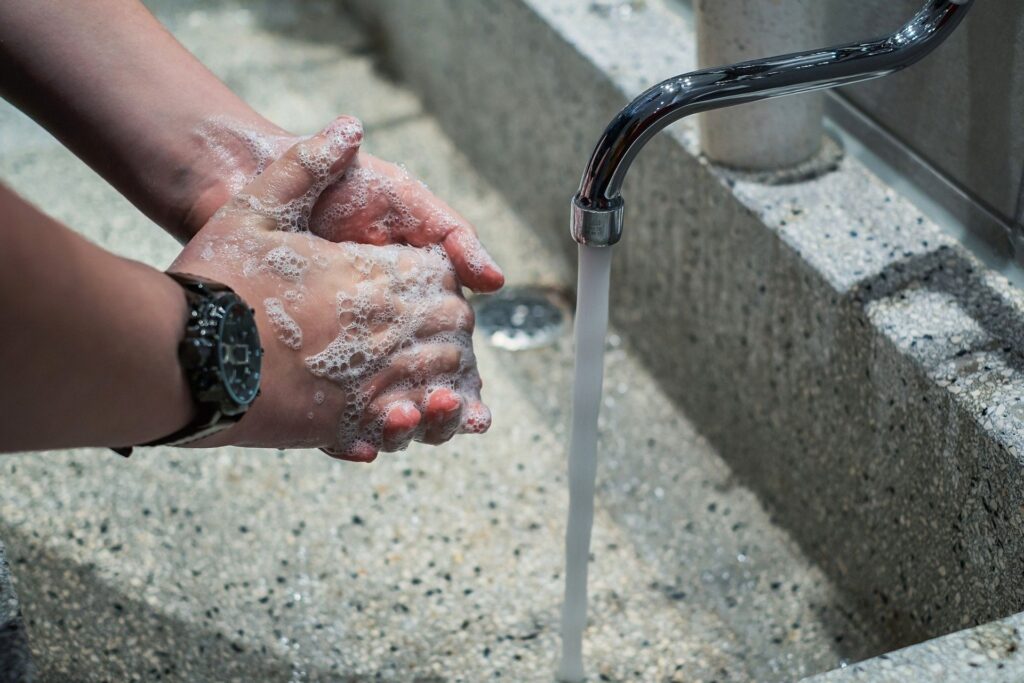Switzerland’s plan of measures for clean water
At its meeting on April 28, the Federal Council launched the consultation on future measures to protect the life-giving liquid forever
At its meeting on April 28, 2021, the Federal Council of the Swiss Confederation launched the consultation on a plan of measures to better protect water in Switzerland.
The “Clean Water Measures Plan” contains a package of agricultural ordinances in connection with the parliamentary initiative “Reducing the risks associated with the use of pesticides”. The consultation procedure will last until August 18, 2021.

Start with the debate on the parliamentary initiative 19.475
In the spring session 2021, the Parliament concluded the debate on the parliamentary initiative 19.475 “Reducing the risk associated with the use of pesticides” deposited by the Committee on Economy and Taxes of the Council of States.
With the new legal provisions the protection of the environment and water from the negative effects related to the use of plant protection products and biocides as well as from the surplus of nutrients is strengthened.
Drinking water and pesticides: the Federal Council says no

A response of the CF to the June 13 consultation
The legislation constitutes, in part, a more concrete response than that proposed by the initiatives on drinking water and on the ban of synthetic pesticides that will be submitted to the vote of the People on June 13.
The initiative concerns the law on agriculture, the law on water protection and the law on chemical products. Its contents are to be concretized at ordinance level.
In a first step, measures concerning agricultural law have been developed in order to implement a large part of the provisions of the temporarily suspended agricultural policy from 2022 (AP22+) concerning plant protection products and nutrient surpluses. The Parliament decided on far-reaching measures and extended the scope beyond agriculture.
The objectives are clear: surface waters in biotopes as well as groundwater and drinking water are to be better protected against contamination by plant protection products.
Liechtenstein lectures the UN on water conservation

Halving the risks of plant protection products by 2027
One of the main goals is to halve the risks associated with the use of plant protection products by 2027.
If farms want to continue to receive direct payments, they will no longer be able to use active ingredients with “high risk potential” such as herbicides like dimethachlor, for example.
Verordnungspaket Parlamentarische Initiative 19.475_Vernehmlassung
Landwirtschaftliches Verordnungspaket 2021_Vernehmlassung
In addition, managers will have to implement measures to reduce runoff and drift of plant protection products outside of treated plots, such as, for example, leaving more space between the plot and the grids for water drainage during treatments.
As for the protection of water from excess nutrients, agriculture will have to ensure that less nutrients are generated in order to reduce the percentage of nitrogen and phosphorus found in the soil.
Train d’ordonnances Initiative parlementaire 19.475_Consultation
Train d’ordonnances agricoles 2021_Consultation
The goal is to reduce losses of these substances by at least 20 percent by 2030. To this end, the Federal Council also proposes to abolish the 10% margin of error in the calculation of the manure balance.
Instead, it will always be possible to transfer surpluses to other farms which are able to make use of these farmyard manures, thus enabling synthetic manures to be replaced.
Pacchetto di ordinanze Iniziativa parlamentare 19.475_Consultazione
Pacchetto di ordinanze agricole – 2021_Consultazione
The Direct Payments Ordinance, the Agricultural Information Systems Ordinance, and the Agricultural Sustainability Analysis Ordinance are part of this first package of agricultural ordinances.

A further bouquet of ad hoc regulations is on the way
A second package containing additional measures will be sent out for consultation at a later date.
The documents and draft amendments to the above-mentioned ordinances can be downloaded from the website of the Federal Office of Agriculture.







